iPaaS: the ultimate connector for systems, apps, and AI
Connect AI, data, and SaaS to boost productivity and reduce costs. Fast-track projects with one comprehensive platform to design, build, manage, and secure configurable APIs.
Get a free assessment

What is iPaaS (Integration-Platform-as-a-Service)?
Gartner defines iPaaS meaning as a vendor-managed cloud service that enables end users to implement integrations between various applications, services, and data sources, both internal and external to their organization.
Companies often rely on multiple SaaS solutions because no single one offers all the necessary functionalities. With the average tech stack consisting of around 112 systems and applications, the need for an integration solution becomes essential.
What is the purpose of iPaaS?
Here are the 3 reasons why you might want to use iPaaS solutions:
- Integrate systems and connect different services
Manage integration flows between disparate SaaS apps and systems to increase productivity and provide a single source of data. - Implement digital transformation and innovation initiatives
Seamlessly integrate legacy systems with modern ones and increase the speed of innovation through rapid development and deployment of integrations. - Cost efficiency
Lower infrastructure and maintenance expenses by reducing the hours needed to set up and manage complex integrations.
Common challenges with system integration
According to the MuleSoft 2025 report, 95% of IT leaders report integration as a hurdle to implementing AI effectively. Here are the main challenges they face:

Integration complexity and differences between tools
Differences in system architecture, data formats, and protocols can complicate integrations.
- No two applications are the same. Differences in systems and data can slow down integrations.
- Scalability can become a challenge as the business grows and acquires more apps.

Time, budget, and security concerns
Integration often requires significant upfront investment in software, hardware, and human resources.
- Concerns about data security and compliance in cloud platforms.
- There is a lack of skilled personnel with expertise in iPaaS and integration strategies.
Why choose ondeva as your Integration-Platform-as-a-Service
Plan, design, develop, and maintain integrated systems more quickly and cost-effectively:
Rapid app development
Why code from scratch when you can drag and drop flexible low-code components to get there sooner? ondeva aligns with Gartner’s continuous modernization framework, allowing you to to unify data across all points quickly.
Manage and trust your data
We ensure all software on our platform is GDPR-compliant and data is safely managed. We can merge critical data at all touchpoints with your system for insights while adhering to the latest security standards.
Integrations through APIs
Manage multiple API integrations, data points, and workflows in one place. Move records to the cloud, extend systems, or bring all the tools in your stack together. Work with the confidence that you won’t have to start elsewhere.
Connecting software systems since 2015: Client stories
Meet the companies that operate and digitize their services with ondeva.

From the start, the start-up platform was envisioned as a large-scale project built with ondeva. It was a complete success!
"Our giant baby performs and scales"
Claudia Menz, CEO Gründerplattform

An NGO can now compile complex data independently, flexibly, and in a clear manner - without development resources.
“You've finally freed us from Excel!”
Internationally operating NGO

ondeva helped us create web applications and tools for startups and the self-employed in weeks instead of months!
“Delivering digital tools is easy as 123"
Benjamin Wölfing / AC, Everest
From design to deployment in 4 simple steps
ondeva integrations are backed up by a low-code solution. Develop 5 times faster and cheaper and shift costs to operational expenses with pay-as-you-go pricing.


Assess
We analyze your project, your expectations, and requirements


Build
We develop the software in line with your requirements and budget using our proprietary low-code platform.


Deploy
We continuously deploy and integrate, starting with the most essential features.


Manage
If needed, we provide support post-release and build a long-term partnership with your non-technical users.
We'll guide you along the way
Craft a plan and kickstart your project by building a strategic partnership with ondeva.

Schedule a call with Frank, our CEO, to learn about our offer.
iPaaS must-have features
In order to be effective iPaaS must have the following features:
Data integrity and security
iPaaS platform ensures that data from different sources is always complete and consistent.
Governance
iPaaS has tools and features that help manage and oversee the integration services.
Data transformation
iPaaS tools can change data to work between different storage types and formats.
Orchestration
iPaaS unifies different services or applications into a single workflow, even if they are from various providers.
Connectivity
iPaaS can connect local and cloud-based applications despite the differences in data and technology.
Monitoring
Best iPaaS software alerts users to any issues and measures the performance of cloud services.
iPaaS vs. Enterprise Service Bus (ESB) vs. API Management
iPaaS
- Purpose
Connects various applications, data, and processes across the cloud and on-premises environments. - Architecture
A more modern, scalable, and flexible approach to integration, supporting a wide range of integration patterns, including API-led connectivity. - Use Cases
Best for businesses looking for a quick way to integrate cloud-based and on-premises applications. - Complexity
Reduces the complexity of integrations, offering pre-built connectors, visual development tools, and automated workflows.
ESB
- Purpose
ESB is designed to integrate various applications by putting a communication bus between them, thus allowing them to communicate without dependency on or knowledge of each other. - Architecture
It follows a more traditional, centralized integration approach, facilitating point-to-point integration. - Use Cases
Best suited for integrating on-premises, legacy systems within an organization. - Complexity
Can become complex and cumbersome to manage as the number of integrations grows.
API Management
- Purpose
Focuses on the creation, publication, and governance of APIs. It allows an organization to monitor and control how its APIs are used. - Architecture
Provides a gateway through which APIs can be accessed by external developers and partners, often with developer portals for API discovery and documentation. - Use Cases
Ideal for scenarios where exposing services as APIs to external consumers is required. - Complexity
Simplifies the management of APIs but requires careful planning around API design and versioning.
iPaaS future: Embracing AI
Here are the 4 trends with iPaaS that define the system integration landscape:
AI and Machine Learning Integration
API Economy and Microservices
AI and ML are used not only as part of the integration but also as an integrator through task automation and optimization insights. The main developments in this sphere include Predictive Analytics to anticipate integration needs and Intelligent Data Mapping to reduce manual labor.
Integration platforms are expected to manage numerous API interactions including advanced tools for API creation. Additionally, iPaaS is expected to provide seamless connectivity through microservices-based applications.
Enhanced Security Measures
Low-code and No-code Platforms
Integration platforms now incorporate more security measures to protect data, such as Zero-Trust Security Models and Advanced Encryption for data transit and at rest.
Low-code and no-code platforms simplify integrations and allow users to manage without coding. Key features include user-friendly interfaces for building integrations and rapid prototyping, which allows developers to develop and deploy integrations faster and more cost-effectively.
AI and Machine Learning Integration
AI and ML are used not only as part of the integration but also as an integrator through task automation and optimization insights. The main developments in this sphere include Predictive Analytics to anticipate integration needs and Intelligent Data Mapping to reduce manual labor.
API Economy and Microservices
Integration platforms are expected to manage numerous API interactions including advanced tools for API creation. Additionally, iPaaS is expected to provide seamless connectivity through microservices-based applications.
Enhanced Security Measures
Integration platforms now incorporate more security measures to protect data, such as Zero-Trust Security Models and Advanced Encryption for data transit and at rest.
Low-code and No-code Platforms
Low-code and no-code platforms simplify integrations and allow users to manage without coding. Key features include user-friendly interfaces for building integrations and rapid prototyping, which allows developers to develop and deploy integrations faster and more cost-effectively.
Ready to connect your system and tools?
Kickstart your project by building a strategic partnership with ondeva.

Schedule a call with Frank, our CEO, to learn about our offer.
Why choose ondeva iPaaS
ondeva simplifies development and deployment, enabling you to build complex integrations that fit seamlessly into your communication and operational model.
Visual setup
Design pages, construct backend logic, data tables, and APIs visually with no code required. With a visual builder, you can deploy your app faster. Everything from logic flows to automations is developed in a simple visual way.
Continuous integration & delivery
Your application is always up-to-date and ready to be deployed without the need to manage multiple development environments.
Gen AI-powered tools
Populate web pages with AI-generated content and images. Build AI apps, offering new ways to interact with your app through LLM and NLP. This dual benefit speeds up development and enhances user experience.
Choose any front-end stack
You can choose any coding framework or technology to build your app. Enjoy full flexibility and control of user experience, while the development platform handles all the infrastructure tasks.
Manage data in the cloud
A powerful data service to help you get started faster. Upload datasets, build tables, and manage data in compliance with GDPR. On the front end, you can provide dynamic data updates to users via graphics, maps, and CSV downloads.
Collaboration
Add team members and build collaboratively. You can assign roles and define the visibility of the app’s areas. Coordinate tasks in your team based on each member’s development or business experience.
ondeva and iPaaS FAQs
Find answers to the most common questions about ondeva and Integration-Platform-as-a-Service.
Integration Platform as a Service (iPaaS) is a cloud-based service that allows different systems, applications, and data sources to communicate and work together. iPaaS is especially useful for organizations looking to integrate new cloud-based applications with existing on-premises systems or to streamline connections between multiple cloud services.
Implementing iPaaS effectively involves 8 steps:
1. Identify integration needs
2. Select an iPaaS provider
3. Develop an integration strategy
4. Configure and customize integrations
5. Test system integration for for functionality, performance, and security
6. Deploy and monitor
7. Train your team on maintaining integrations
8. Regularly assess integration performance and look for integration opportunities
System integration is the process of linking various IT systems, services, and/or software to ensure they function as a whole. This process can involve integrating existing, new, and internal and external systems.

